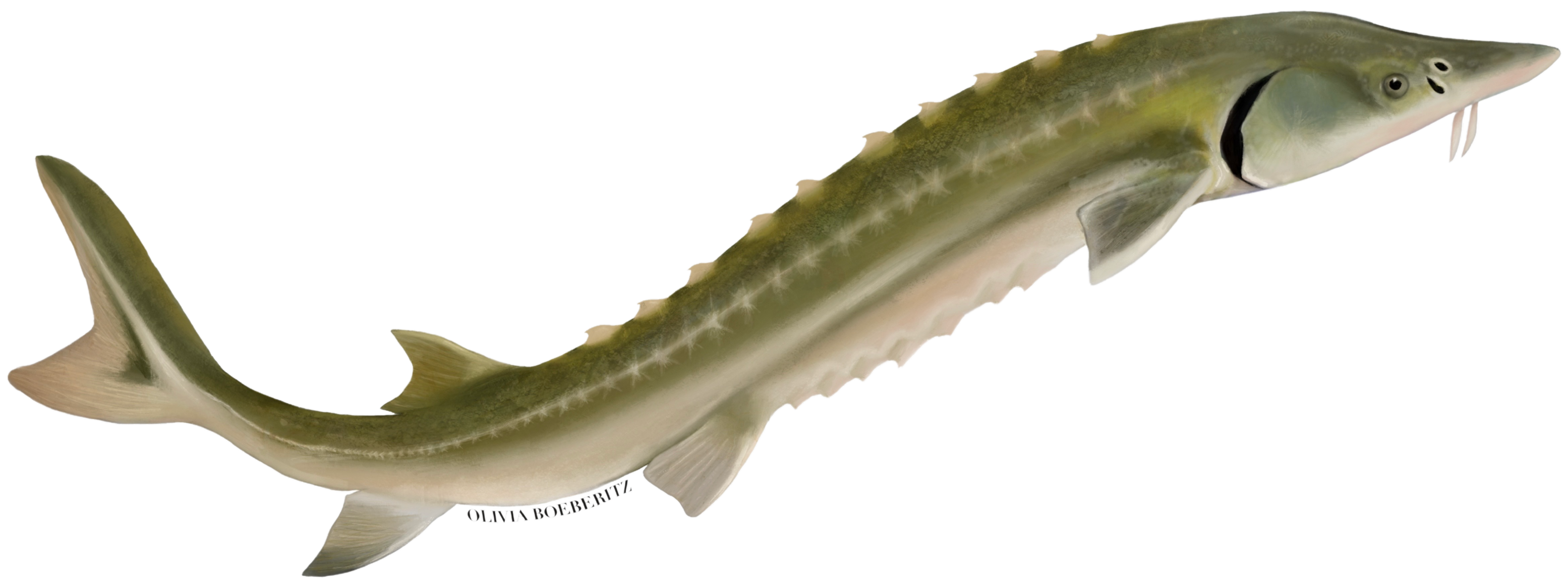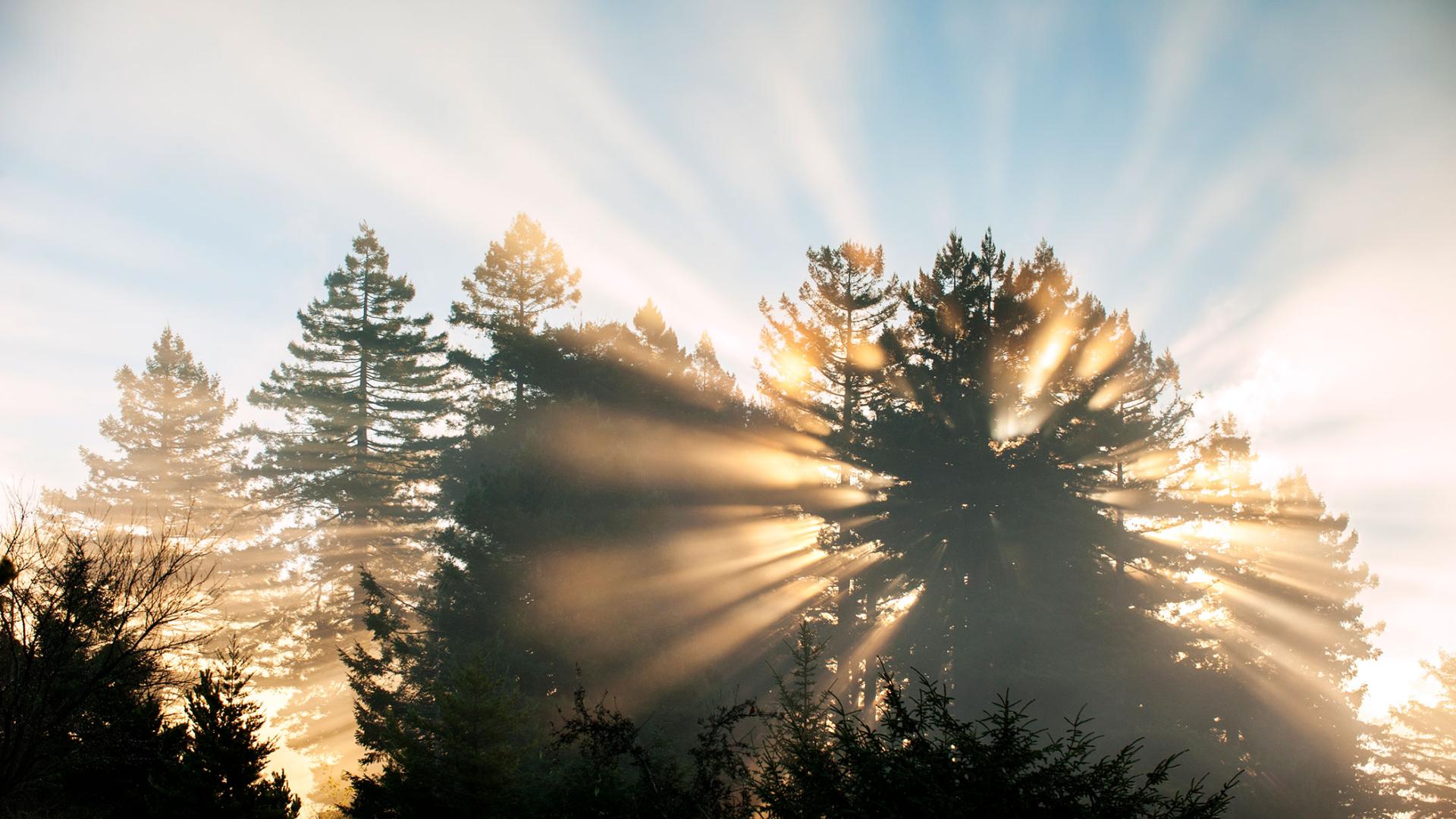Breadcrumb
Green Sturgeon

Green sturgeon are distributed throughout the North Pacific but are understudied in Northern California’s aquatic ecosystems. For coastal California Native American Tribes, green sturgeon are a vital part of their cultural heritage and traditions, and central to their food security. There are two genetically distinct population segments (DPS) of green sturgeon that range from the coastal waters of Ensenada, Mexico, to the Bering Sea. Green Sturgeon are known to spawn in the rivers of California and Oregon. The northern DPS of green sturgeon is characterized by fish that spawn in the Klamath and Eel rivers in Northern California and the Rogue River in Oregon. The southern DPS of green sturgeon, listed as threatened under the Endangered Species Act, includes fish that spawn in the Sacramento, Feather, and Yuba rivers in California.

Green sturgeon, like many sturgeon species, have a vulnerable life history characterized by slow growth and late maturity. They typically reach sexual maturity around the age of 15 and can live for 60 to 70 years. Green sturgeon are the most marine oriented of the sturgeon species. Since Green Sturgeon go between freshwater and ocean habitats, they experience any negative impacts to these habitats, such as warming temperatures, pollution, and degrading water quality.
Recreational fishing, commercial fishing, draining and diking wetlands, pesticide use, and other forms of pollution have a large impact on wetlands in Northern California. These activities can also harm green sturgeon that use these estuaries. Although green sturgeon are known to use large estuaries and bays in the summer months, little is known about their seasonal behavior and spatial distribution in Humboldt County, California—a region undergoing rapid ecological change due to aquaculture and planned on/offshore wind development

In collaboration with the Blue Lake Rancheria, my research aims to characterize the seasonal presence, habitat use, and movement patterns of green sturgeon from both populations within Humboldt Bay (Wigi), the Mad River (Baduwa’t), and the Eel River (Wiya't) in Northern California. Acoustic receivers have been strategically deployed throughout Humboldt Bay, the Mad River, and the Eel River to detect fish that were tagged in other study areas, and PSATs will be attached to fish captured via hook and line angling.

Visual observations, including boat-based and drone transect surveys, along with citizen science reports on platforms like iNaturalist, supplement the data collection process. Utilizing public observations of live (i.e., breaching, jumping, swimming) and deceased (i.e., carcasses) green sturgeon, this project seeks to establish a network of green sturgeon observations in Humboldt County. If you see them, let us know! Report your observations on the Humboldt County Green Sturgeon iNaturalist project or send us an email at greensturgeon@humboldt.edu with a date, description, and location.

Link to iNaturalist page: https://www.inaturalist.org/projects/humboldt-county-green-sturgeon





